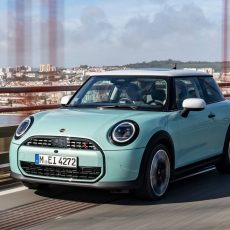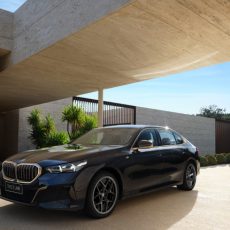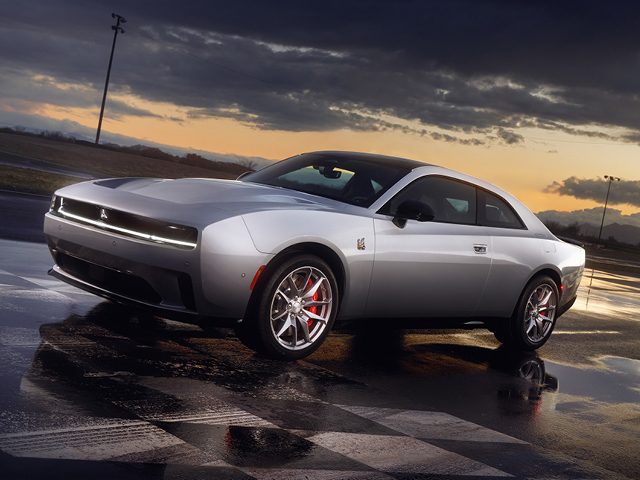
It is hard to associate Dodge with electric vehicles (EV). They remained the last bastion of proper muscle cars with fire-breathing V8 engines, garish colours, factory options for racing stripes—everything one loves when they are 12 years old. Sadly, due to the changing scenario, they have gone the electric route. But that doesn’t mean they have forgotten who they are. Here is the new Dodge Charger Daytona EV–an electric car for people who don’t like EVs!
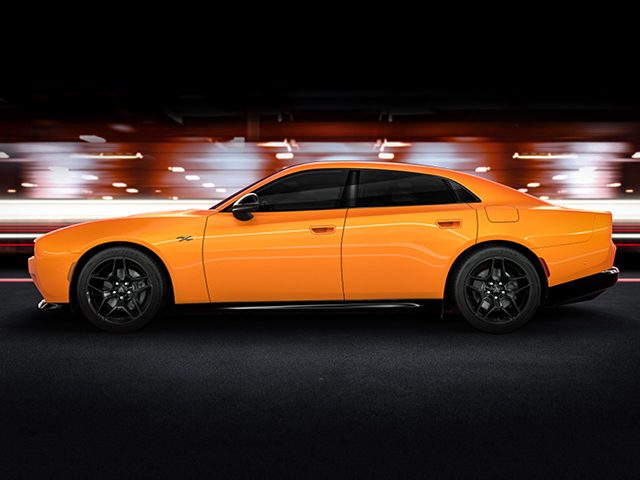
And the reason we say this is because of the extreme length Dodge have gone to in order to mimic the noise, vibration and even harshness of an internal combustion car. There are actual exhaust pipes which emit sound waves, which travel through resonating chambers before being expelled onto the world. There are vibration motors, like the pines in one’s smartphone, that mimic the vibration of a hairy-chested V8. This crazy concoction is called the “Fratzonic Chambered Exhaust system”—a name as ridiculous as the system itself. It is astonishing that after spending more than 100 years in the pursuit of eliminating NVH, we humans have made a 180-degree turn just as zero-NVH became attainable and, instead, have done our best to inject NVH into electric cars in search of the illusive quality in cars often referred to as a “soul”.
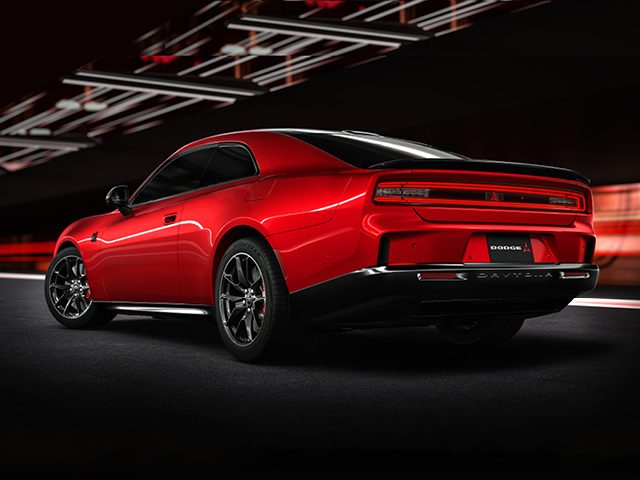
The engineering of the Dodge Charger Daytona EV is nothing short of thorough. Dodge dodged (pun absolutely intended) lithium-phosphate in favour of nickel-cobalt-aluminium cells. The cells are prismatic making for better packaging and heat dissipation; exactly what is expected from the company which invented the “power-chiller”—which uses the a-c system to supercool the intake charge for maximum acceleration down a drag-strip. Speaking of drag-strips, the Dodge Charger Daytona comes with a “Drag” mode as standard on the Scat Pack which, according to Dodge, offers “a peak discharge rate of 550 kW—specifically designed to maximise acceleration by allowing the motor to utilise the most power the battery can put out in the span of a quarter-mile.” Noice!
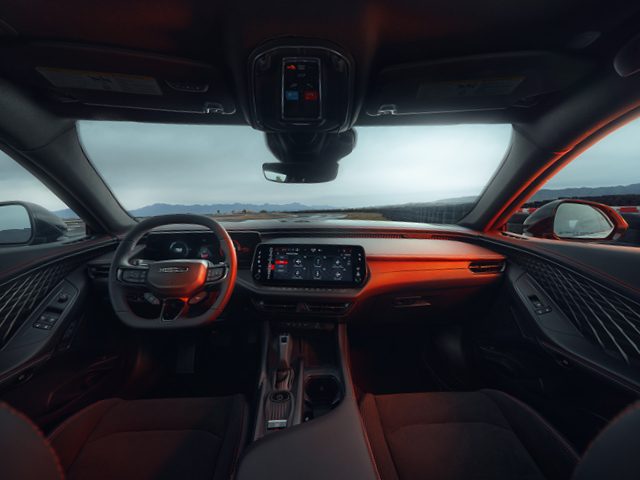
As for all important specs, initially only two powertrain options will be available, the 370-kW (503-hp) and 548-Nm R/T with the Direct Connection Stage 1 kit, and Scat Pack with the Direct Connection Stage 2 kit pumping out 500 kW (680 hp) and 850 Nm, that comes fitted with a limited-slip rear differential as standard. Featuring a battery pack of 93.9 kWh (usable, total is 100.5 kWh), the R/T gets a range of 510 km, while the Scat Pack has 418 km (EPA). Power is sent to all four wheels and, despite weighing 2,648 kg, acceleration is rapid with the Scat Pack clocking a 0-96 km/h time of 3.3 seconds and R/T managing 4.7 seconds, with quarter-mile times of 11.5 seconds and 13.1 seconds respectively.

Dodge will offer the Charger Daytona EV with two body styles–coupé and sedan–both get a liftback rear. In 2025, the EVs will be joined by the Charger Sixpack powered by a 3.0-litre twin-turbo “Hurricane” straight-six engine, rated at 558 hp for the H.O. trim (High Output); there’s also a Sixpack S.O. version (Standard Output) rated at 426 horses. These will be AWD-only as well.
When we first heard Dodge are going electric, we of course lamented the loss of the insane HEMI-V8 powered monsters—the Hellcat, Demon and TRX. But, by the looks of it, Dodge have managed to make an EV purely for the people who dislike EVs. Here’s hoping it will not be an appliance.


